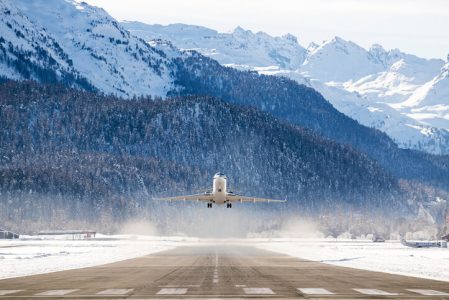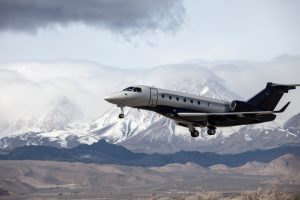IFR Mountain Flying
IFR (instrument flight rules) flights are governed by rules that direct all aspects of flight operations – from communication with air traffic controllers to maintaining a safe altitude. Pilots must have a thorough understanding of the regulations and know how to interpret the information provided by navigational charts. This is also essential when flying IFR in mountainous terrain.
Communication
When flying in IFR conditions, pilots must understand the various types of airspace they may encounter and the appropriate equipment needed for each type. Communication before, during, and after the flight is essential for safe flights. Pilots will want to be aware of any airspace restrictions that may affect the flight path and understand when authorization is needed for entry into certain airspace. Even a clear understanding of how to effectively communicate with air traffic control can ensure pilots receive the most full and beneficial information during flight.
Additionally, charts communicate crucial information about terrain, airspace, and possible hazards that may affect the flight path.
Recommendation for Mountain Flying
Telluride Regional Airport, located within the Rocky Mountains and sometimes called the most dangerous airport in America, has a list of Dos and Don’ts for safe mountain flying. Listed below is a paraphrased version their recommended Dos:
- Plan the fuel load to arrive at the destination with a minimum of one hour fuel reserve.
- Consult sectional charts and plan a definite altitude to be flown each segment of the flight.
- When turning from plotted checkpoints, make a mental note of observed features along the course. Be aware of the possibility of zigging and zagging across ridge lines to remain the best updraft along a ridge.
- File a flight plan, keep a flight log, make position reports, and close the flight plan at the destination.
- Carry an operable ELT on board.
- Carry a suitable emergency kit.
- Ask for advice and assistance from FBO, FAA personnel, and local mountain qualified flight instructors and pilots.
When flying in mountainous terrain, as with other terrain, pilots will want a thorough understanding of the area (including weather, terrain, and operational considerations) in order to stay safe. Understanding the various codes and phrases used when communicating with air traffic control, how to read navigational charts, as well as any restricted airspace or obstacles that could affect their flight path are all essential components of successful flights. By following these guidelines, you can help ensure that your flight is as safe as you can make it.
At CTS, we provide courses designed to help pilots successfully navigate high obstacle areas, including mountainous regions. Our courses include AeroNav Charts, Airspace Overview, and Controlled Flight into Terrain, to name a few. If you are looking for training to help your pilot navigate these difficult and dangerous terrains, email us at train@www.ctsys.com and let our team work to curate a training package to suit your company’s needs.
RELATED READING
RELATED CTS TRAINING










